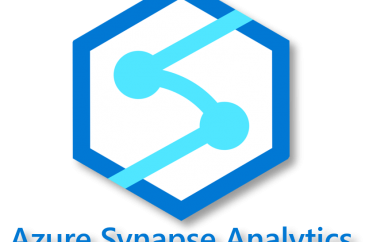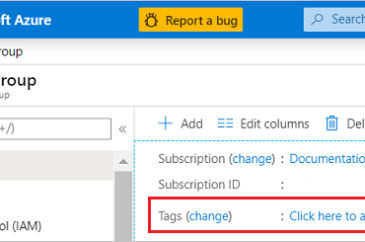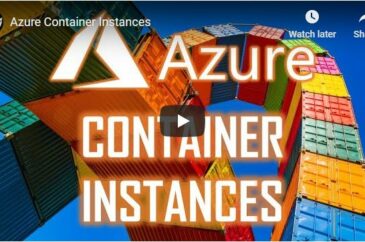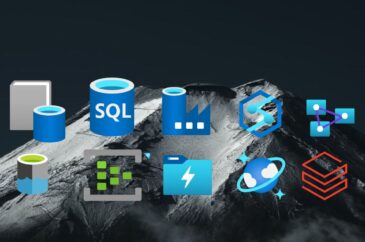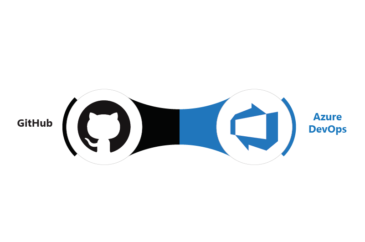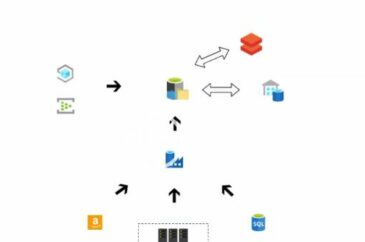
How Azure Synapse integrates your data pipelines
Cloud computing is an exciting platform to deliver solutions in a fraction of the time it is used to take. It bypasses the heavy lifting of setting up everything from the power outlet in a data center or data room. Dealing with the multiple cloud provider’s approaches to their services can be challenging, though. Even…

